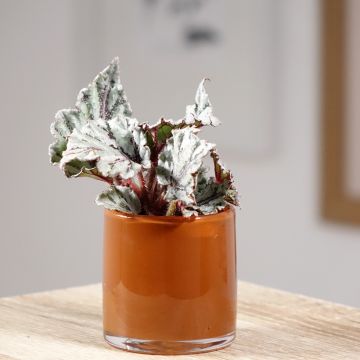

Begonia Escargot - Bégonias rex cultivés, Bégonias royaux
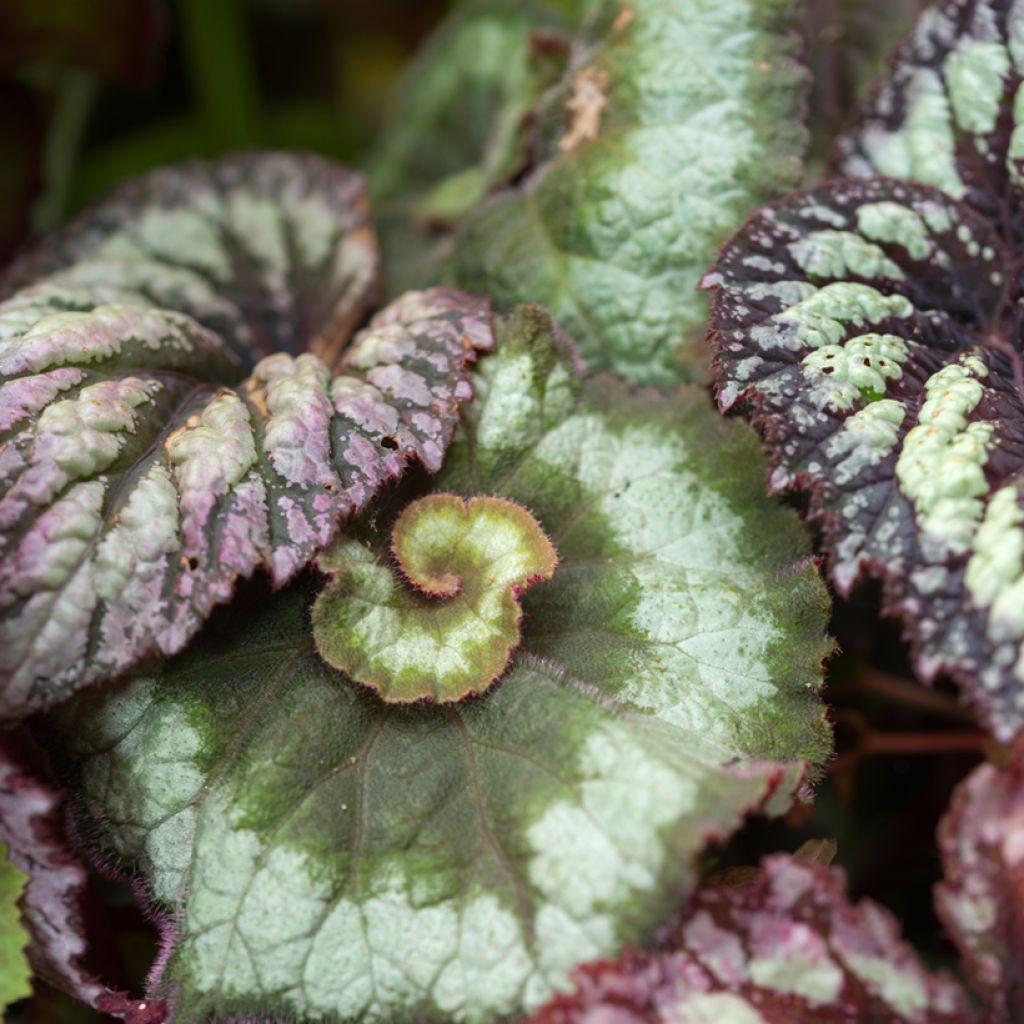

Begonia Escargot - Bégonias rex cultivés, Bégonias royaux
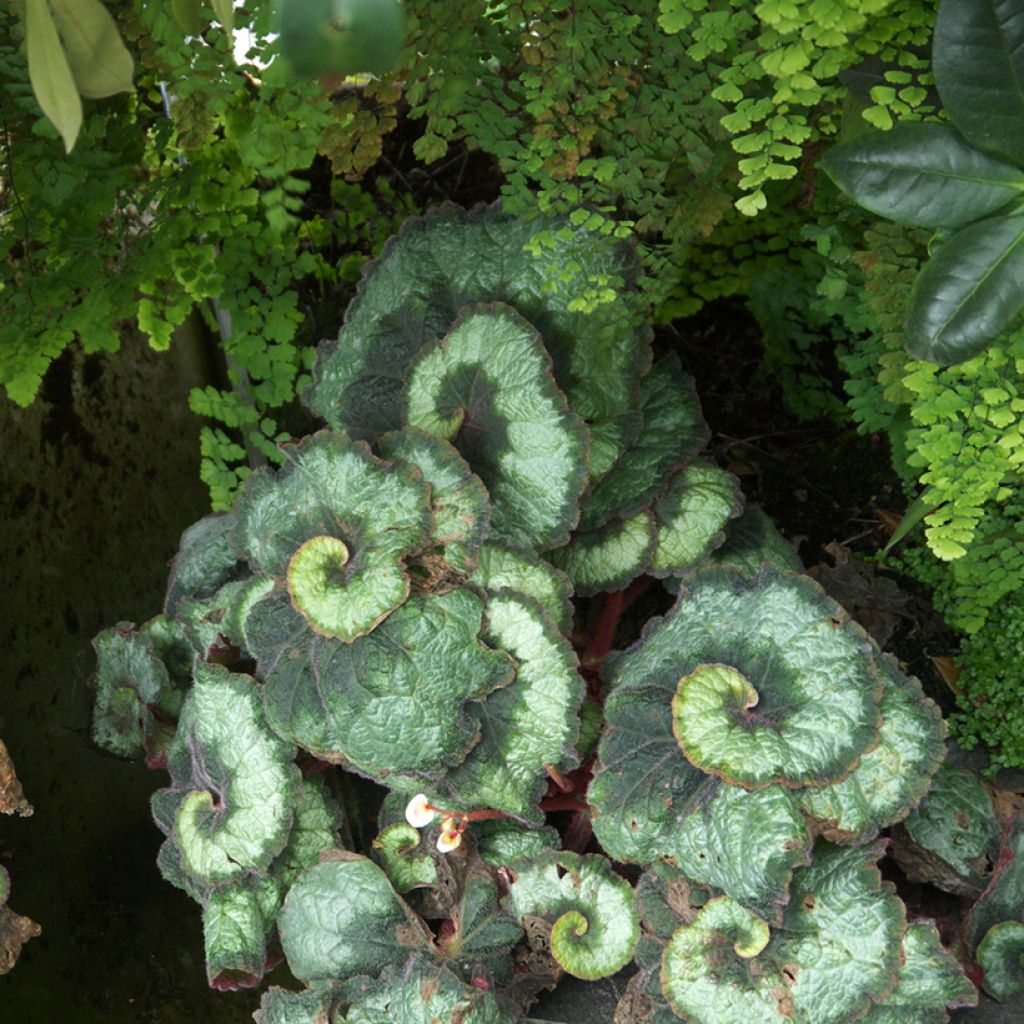

Begonia Escargot - Bégonias rex cultivés, Bégonias royaux
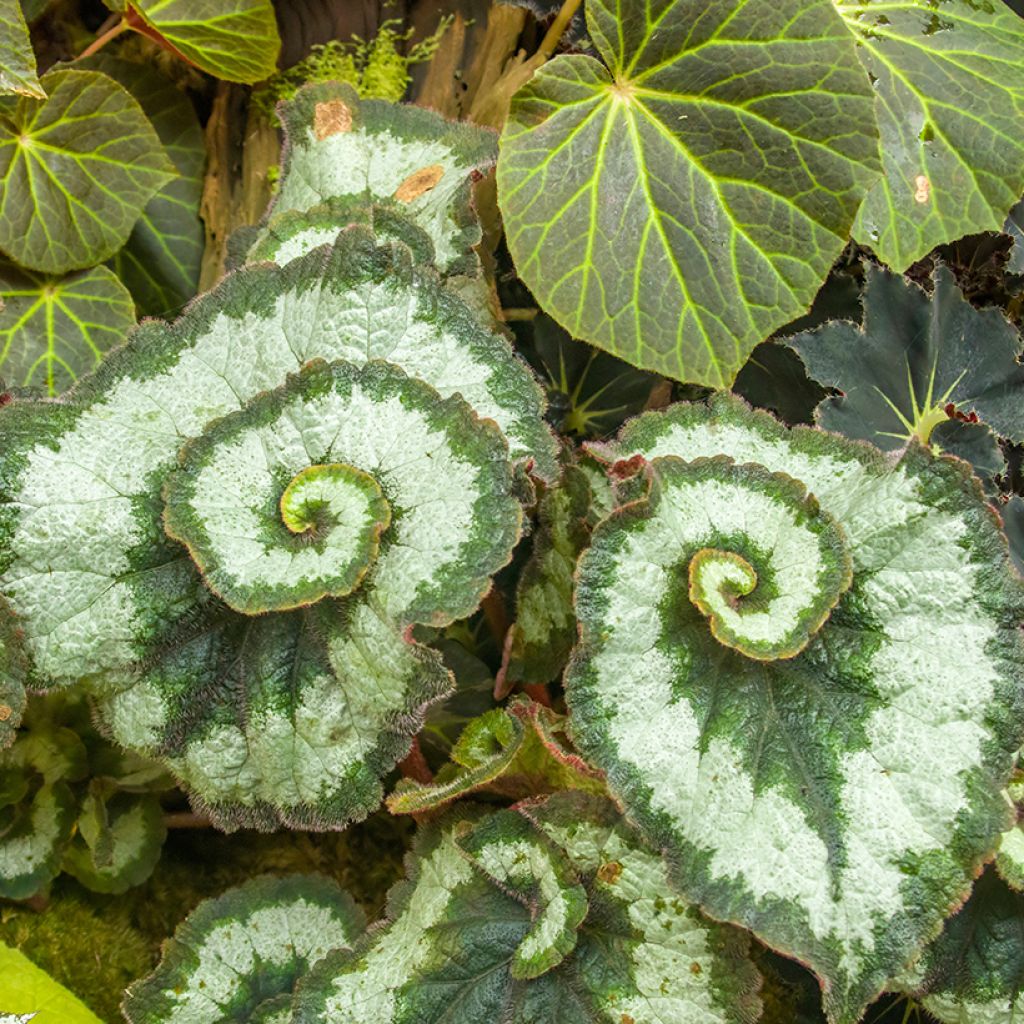

Begonia Escargot - Bégonias rex cultivés, Bégonias royaux
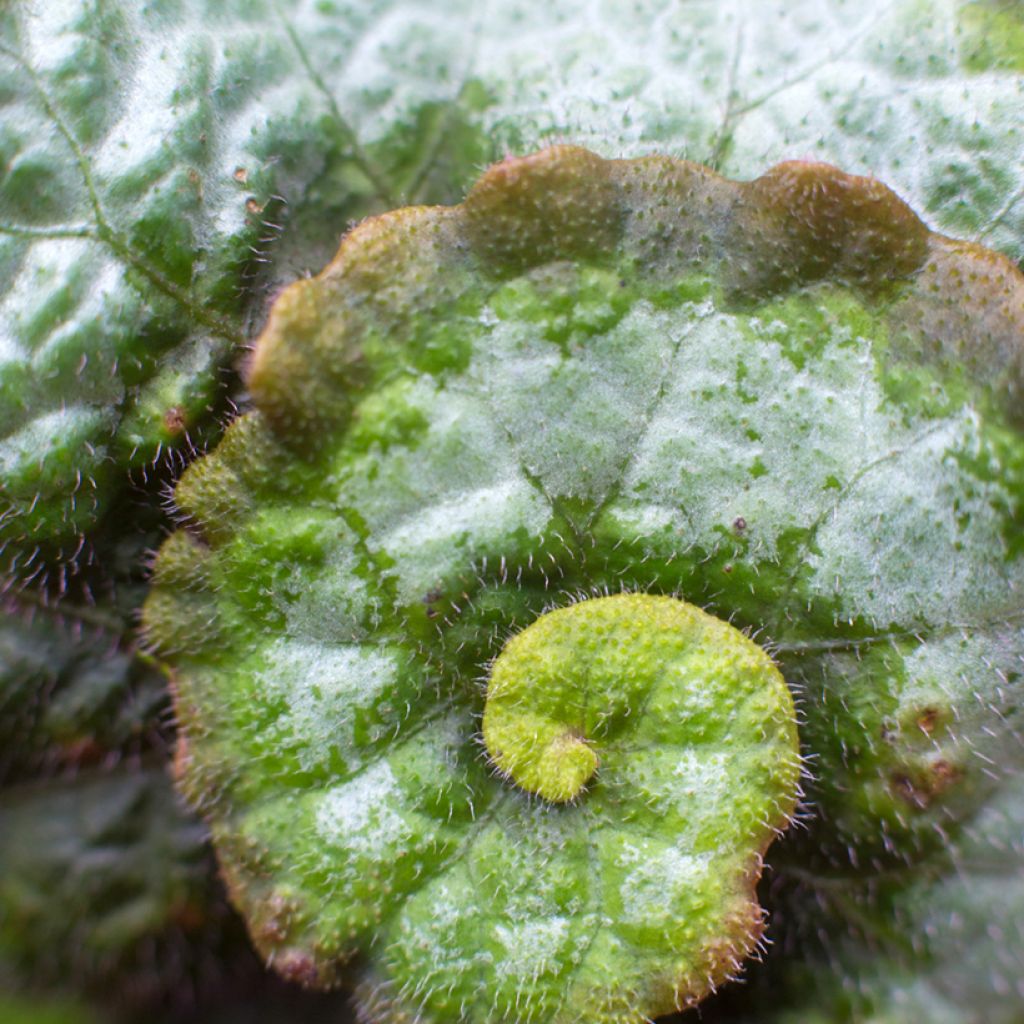

Begonia Escargot - Bégonias rex cultivés, Bégonias royaux
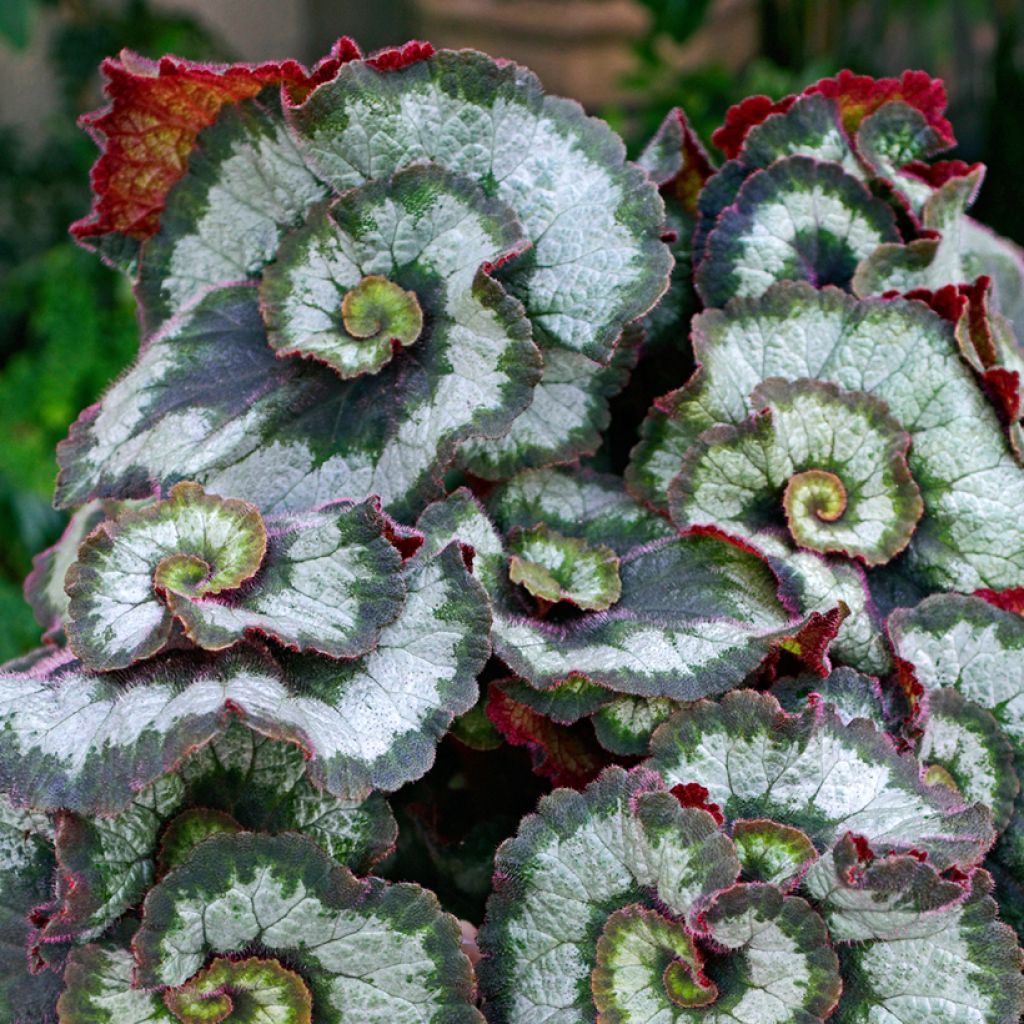

Begonia Escargot - Bégonias rex cultivés, Bégonias royaux
Begonia Rex Escargot
Begonia Escargot
This item cannot be shipped to the selected country
Delivery charge from 6,90 €
More information
Shipping country:
-
-
-
-
-
-
-
-
-
-
-
-
-
-
-
-
-
-
-
-
-
-
-
-
-
-
-
-
-
-
-
-
Schedule delivery date,
and select date in basket
This plant carries a 30 days recovery warranty
More information
We guarantee the quality of our plants for a full growing cycle, and will replace at our expense any plant that fails to recover under normal climatic and planting conditions.
From 7,90 € for pickup delivery and 6,90 € for home delivery
Express home delivery from 8,90 €.
Description
The Begonia Rex 'Escargot' or Royal Begonia 'Escargot' astonishes and charms with its spiral foliage in shades of green, silver, and chocolate, reminiscent of a snail's shell. This houseplant will add character to your décor, fitting seamlessly into contemporary or bohemian interiors. To preserve its beauty, place it in a bright spot without direct sunlight and maintain high ambient humidity, avoiding wetting its leaves when watering.
Like all begonias, the Begonia Rex 'Escargot' belongs to the Begoniaceae family. It is a prized cultivar for its ornamental spiral foliage, evoking a snail's shell. The plant results from cross-breeding between various varieties of Begonia rex. A rhizomatous perennial, it reaches a height of 20 to 30 cm with a similar spread. Its habit is bushy and rounded, with its dense foliage giving it a shrub-like appearance. The foliage consists of asymmetrical heart-shaped leaves measuring between 15 and 20 cm in length. The velvety, textured lamina forms a beautiful backdrop for the shades of green, silver, and chocolate that adorn it. Each leaf forms a spiral starting from the base of the petiolate stem. Any rare indoor flowering would take the form of small, discreet pink flowers.
The Begonia genus includes over 1,800 species, primarily native to tropical and subtropical regions of Asia, Africa, and the Americas. The Begonia rex species originates from the humid forests of northeastern India where it grows in dense shade, in soil rich in organic matter.
As a houseplant, the Begonia Rex Escargot prefers bright, indirect light, relatively high humidity (around 60%), and a temperature between 18 and 24°C. It is essential to keep the substrate slightly moist, avoiding excess water, which can cause root rot. Water moderately, allowing the surface of the substrate to dry between waterings. A light, humus-bearing, well-draining potting mix is recommended. Avoid wetting the foliage when watering to prevent fungal diseases.
Warning - the Begonia Rex Escargot is toxic if ingested by humans and pets, particularly cats and dogs, due to the presence of calcium oxalates.
The Begonia Rex Escargot makes a striking addition to a bright living room or cosy bedroom. This plant fits effortlessly into modern, bohemian, or even Art Deco settings, where its graphic spirals create a sensation. To showcase it, opt for a white ceramic pot or one in metallic tones. Placed on a shelf, desk, or paired with other foliage plants with simpler leaves so that it creates a remarkable visual effect. This begonia pairs well with the Calathea orbifolia, whose broad silver-striped leaves complement its elegant spirals, and with Fittonias, particularly the Fittonia albivenis, which adds a delicate, colourful touch with its contrasting veins.
Report an error about the product description
Begonia Rex Escargot in pictures


Foliage
Plant habit
Flowering
Botanical data
Begonia
Escargot
Begoniaceae
Cultivar or hybrid
Safety measures
Other Indoor Begonias
View all →Location
Location
Maintenance and care
Potting advice, substrates and fertilisers
Houseplant care
Disease and pest advice
Maintenance and care
This item has not been reviewed yet - be the first to leave a review about it.
Haven't found what you were looking for?
Hardiness is the lowest winter temperature a plant can endure without suffering serious damage or even dying. However, hardiness is affected by location (a sheltered area, such as a patio), protection (winter cover) and soil type (hardiness is improved by well-drained soil).

Photo Sharing Terms & Conditions
In order to encourage gardeners to interact and share their experiences, Promesse de fleurs offers various media enabling content to be uploaded onto its Site - in particular via the ‘Photo sharing’ module.
The User agrees to refrain from:
- Posting any content that is illegal, prejudicial, insulting, racist, inciteful to hatred, revisionist, contrary to public decency, that infringes on privacy or on the privacy rights of third parties, in particular the publicity rights of persons and goods, intellectual property rights, or the right to privacy.
- Submitting content on behalf of a third party;
- Impersonate the identity of a third party and/or publish any personal information about a third party;
In general, the User undertakes to refrain from any unethical behaviour.
All Content (in particular text, comments, files, images, photos, videos, creative works, etc.), which may be subject to property or intellectual property rights, image or other private rights, shall remain the property of the User, subject to the limited rights granted by the terms of the licence granted by Promesse de fleurs as stated below. Users are at liberty to publish or not to publish such Content on the Site, notably via the ‘Photo Sharing’ facility, and accept that this Content shall be made public and freely accessible, notably on the Internet.
Users further acknowledge, undertake to have ,and guarantee that they hold all necessary rights and permissions to publish such material on the Site, in particular with regard to the legislation in force pertaining to any privacy, property, intellectual property, image, or contractual rights, or rights of any other nature. By publishing such Content on the Site, Users acknowledge accepting full liability as publishers of the Content within the meaning of the law, and grant Promesse de fleurs, free of charge, an inclusive, worldwide licence for the said Content for the entire duration of its publication, including all reproduction, representation, up/downloading, displaying, performing, transmission, and storage rights.
Users also grant permission for their name to be linked to the Content and accept that this link may not always be made available.
By engaging in posting material, Users consent to their Content becoming automatically accessible on the Internet, in particular on other sites and/or blogs and/or web pages of the Promesse de fleurs site, including in particular social pages and the Promesse de fleurs catalogue.
Users may secure the removal of entrusted content free of charge by issuing a simple request via our contact form.
The flowering period indicated on our website applies to countries and regions located in USDA zone 8 (France, the United Kingdom, Ireland, the Netherlands, etc.)
It will vary according to where you live:
- In zones 9 to 10 (Italy, Spain, Greece, etc.), flowering will occur about 2 to 4 weeks earlier.
- In zones 6 to 7 (Germany, Poland, Slovenia, and lower mountainous regions), flowering will be delayed by 2 to 3 weeks.
- In zone 5 (Central Europe, Scandinavia), blooming will be delayed by 3 to 5 weeks.
In temperate climates, pruning of spring-flowering shrubs (forsythia, spireas, etc.) should be done just after flowering.
Pruning of summer-flowering shrubs (Indian Lilac, Perovskia, etc.) can be done in winter or spring.
In cold regions as well as with frost-sensitive plants, avoid pruning too early when severe frosts may still occur.
The planting period indicated on our website applies to countries and regions located in USDA zone 8 (France, United Kingdom, Ireland, Netherlands).
It will vary according to where you live:
- In Mediterranean zones (Marseille, Madrid, Milan, etc.), autumn and winter are the best planting periods.
- In continental zones (Strasbourg, Munich, Vienna, etc.), delay planting by 2 to 3 weeks in spring and bring it forward by 2 to 4 weeks in autumn.
- In mountainous regions (the Alps, Pyrenees, Carpathians, etc.), it is best to plant in late spring (May-June) or late summer (August-September).
The harvesting period indicated on our website applies to countries and regions in USDA zone 8 (France, England, Ireland, the Netherlands).
In colder areas (Scandinavia, Poland, Austria...) fruit and vegetable harvests are likely to be delayed by 3-4 weeks.
In warmer areas (Italy, Spain, Greece, etc.), harvesting will probably take place earlier, depending on weather conditions.
The sowing periods indicated on our website apply to countries and regions within USDA Zone 8 (France, UK, Ireland, Netherlands).
In colder areas (Scandinavia, Poland, Austria...), delay any outdoor sowing by 3-4 weeks, or sow under glass.
In warmer climes (Italy, Spain, Greece, etc.), bring outdoor sowing forward by a few weeks.

































